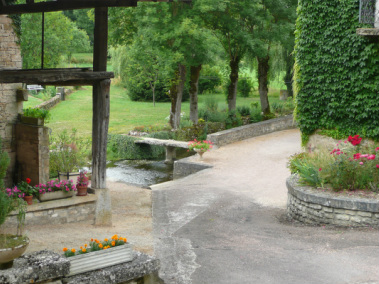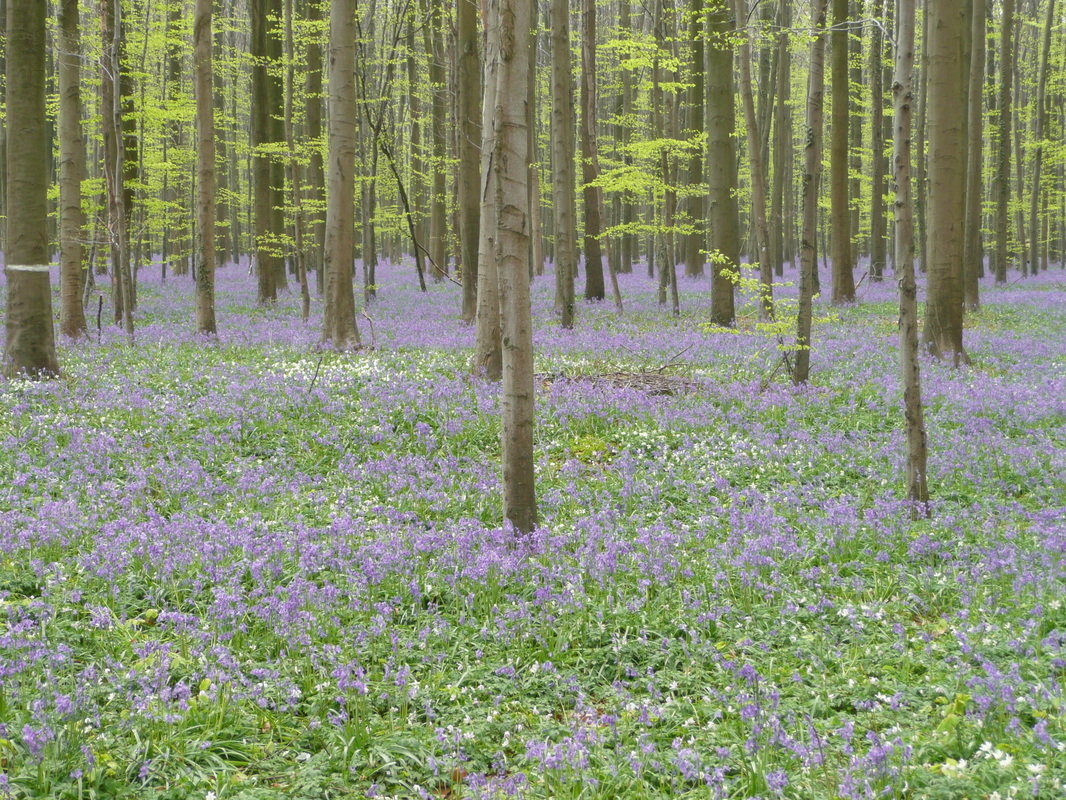
Fredosor.com
Random walks
Travelling from Paris to Normandy you will pass by the village of Vernon. Don’t pass it. Slow down and look for Giverny. Here you will find the magnificent garden and property where the great impressionist painter Claude Monet settled and painted, among many other masterworks, the series of water lilies.
Going southwest of Paris, to the Loire valley where the castles of all the medieval and renaissance French kings are still to be found, you will pass Chinon – the castle where Joan of Arc met the future king Charles VII – and arriving close to Saumur you will pass close to the Abbey of Fontevrault. In this abbey, which in itself is magnificent, you will find the tombstones of the English king Henry II Plantagenet and his wife Eleonore, as well as that of their son Richard I the Lioneharted.
Just southwest of the city of Dijon in France, you will find the heart of the Burgundy wine region. In the village of Chambolle-Musigny, near Nuits-Saint-Georges, you will find Chateau André-Ziltener, a great place to stay if you intend to visit the greatest wine district of Burgundy.
East of Brussels, in Belgium, you will find the Tervuren Castle and it parc area, a magnificent public space, with grand old trees, monumental basins and vast spaces to rest your eyes on. In the nearby Arboretum, a special forest with many rare trees gathered from all over the world, you will enter true natural cathedrals, monumental trees aligned along both sides of great parc paths.
The Blue Forest, just southwest of Brussels, is a magic forest in springtime. Close to this forest you will also find the mysterious Chateau de Beersel, a medieval castle of the grand old rustic style.
In Toscana, near Siena, you will find Certosa di Pontignano, an idyllic monastery where it is also possible to stay if you wish to visit Toscana. If you are interested in Renaissance art and culture, Toscana is a true Heaven, with the culture of its landscape as well as all the cities and villages which contain art works and other traces of a magnificent culture which flowered five hundred years ago.
If you go to Côte d’Azur in France, you will have the possibility of seeing many great things. Among them, in Beaulieu-sur-Mer, you will find Villa Kérylos, the architectural dream of a rich man who at the end of the 19th century wanted to recreate the house of a shipowner from Greek antiquity. Nearby, you will find, at St.Jean-Cap Ferrat, the marvelous Villa Ephrussy Rotschild, the dream castle that Madame Ephrussy Rotschild had built at about the same time as Villa Kérylos.
Further east, also on the Côte d’Azur, you will find Rocquebrune Cap-Martin, where the Empress Sissi of the Habsburg dynasty and the Empress Eugenie, wife of Napoléon III, had castles – together with numerous other magnificent castles built for the rich and famous about hundred years ago. Moving on, close to the Italian border along the coast, you will find the Jardin des Colombières and the Hanbury Gardens, old gardens developed long time ago, but held in good shape for visits.
Moving to Norway, in the north, you will find the majestic archipelago Lofoten where the old fishing town of Stamsund is among the many idyllic places to rest your eyes and soul. In the south, many picturesque villages dating back to the era of great sailing ships are to be found along the coast. Risör is one of them. In the west, where you will find the magnificent fjords, you will also find the magic island of Lysöen, where the once famous violinist Ole Bull had his favorite place.
